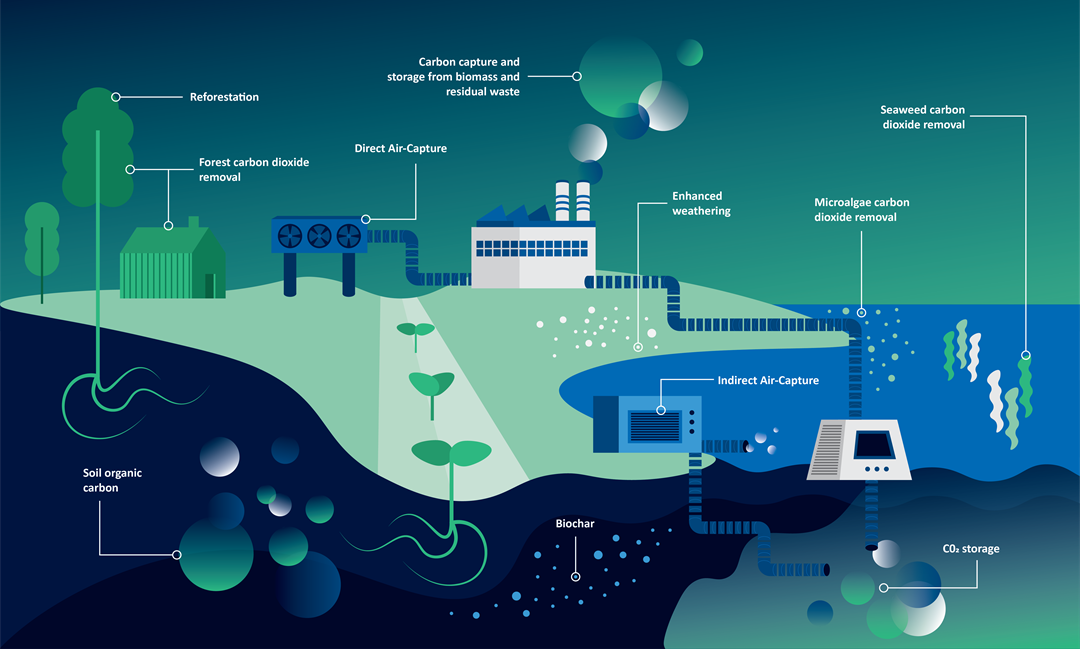As such, we have a pressing need for new climate-positive solutions.
The UN’s Intergovernmental Panel on Climate Change’s message is clear: if we are to limit global warming and meet the goals of the Paris Agreement, we must remove large amounts of CO2 from the seas and atmosphere.
It won’t be enough to just reduce our emissions. We will not be able to cut our CO2 emissions quickly enough to meet these goals, and some sectors will struggle to achieve zero emissions, such as agriculture, parts of industry, and the transport sector (for example, transcontinental flights and ship transport). Therefore, we need to remove the greenhouse gases that have already been released – which is why climate-positive technologies are necessary.

We must store the carbon in a form and in a way that means it will be inaccessible for a long time, and the solutions must be environmentally and socially acceptable. Ideally, the carbon should be removed forever, but at least several hundred years. However, we might have to include measures that store the carbon for a shorter period of time to give us time to develop more permanent solutions.
Since the removal of greenhouse gases is a new area, there is limited research funding available. Therefore, SINTEF has established the SINTEF Global Climate Fund, which finances research projects on climate-positive solutions through private contributions.








